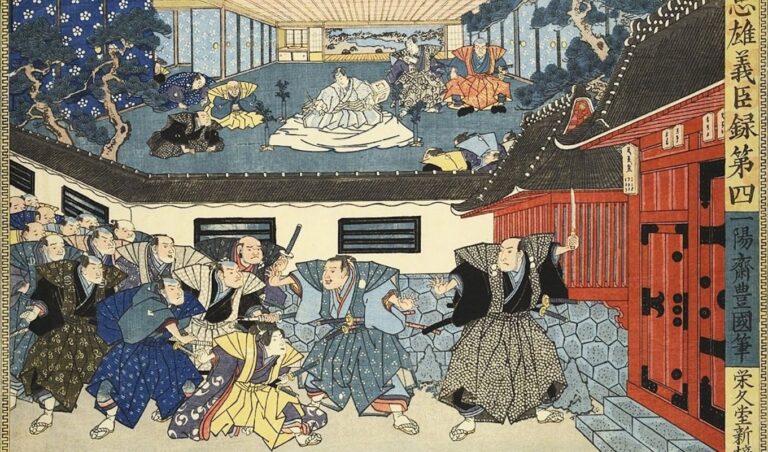Every girl loves to dress up in her mom’s clothes. Who hasn’t secretly tried on high heels in front of the mirror?

Photo Credit: Girl in Kimono, Shichi-Go-San Festival by Masayuki – Flickr. Licensed under CC BY 2.0 via Commons
On Shichi-Go-San Festival Japanese girls can dress like grown-ups, just without getting caught… Shichi-Go-San Festival in Tokyo is one of the cutest Festivals in the Japanese Tradition. If you are going to be traveling to Tokyo mid November, you have the opportunity to enjoy it.
On November 15 each year, and during the closest weekends, parents celebrate the growth of their children as they turn 3, 5, or 7 years of age.
Girls dress in their tiny Kimono, usually a kimono that was in the family for a few generations, a traditional Obi (Kimono belt) and high soled wooden sandals with socks called Pokkuri.
Their hair is done in the traditional Japanese way at the hairdresser, so they are the picture of cuteness!
Tours to take at Shichi-Go-San Festival in Tokyo:
Best Tours for One Day in Tokyo – What to Book now!
Day Tours in Tokyo: Best of Tokyo
Day Tours in Kyoto: The Best of Kyoto
Day Tours in Kyoto: Cherry Blossoms, Shrines and Geisha
Mt. Fuji
Private VIP Tours
Our Cultural Tours
Nara Day tour
Nikko Day tour
Hakone Day tour
Where is Shichi-Go-San Festival in Tokyo?
The most popular Shrine for Shichi-Go-San Festival in Tokyo is Meiji Shrine. As long as you get there mid-morning, you’re going to have plenty of photo opportunities. Many children and their parents will visit Meiji Shrine on the Saturday or Sunday closest to November 15 as nowadays many Japanese mothers have a job and it’s more complicated for them to have a day off during the week.
See More: Getting to Meiji Shrine
What is the Shichi-Go-San Festival?
Today parents celebrate shichigosan when their boys turn 3 and 5 years of age, and their girls when they turn 3 and seven years of age.
During ancient times it was difficult to bring kids up until 7 years old and many of them died before celebrating that age. So people treated kids before 7 as a child of God.
Shichigosan festival literally means “seven, five, and three” – these are considered critical ages in a child’s life. Seven is especially important to young girls who celebrate wearing their first Kimono. Five is especially important to young boys who celebrate wearing their first hakama pants in public. Age 3 is important to both boys and girls as they are allowed to let their hair grow.
The boys wear a haori jacket and hakama trousers, while the girls wear their cute little kimonos for their shichigosan visit.
After the visit to the shrine, the parents buy chitose-ame “thousand year candy” for their kids. It’s a red and white candy wrapped in edible rice paper. It comes in a bag adorned with pictures of turtles and cranes, which symbolize longevity in Japan.
The History of the Shichigosan Festival
The Shichi-Go-San Festival in Tokyo dates back to the Heian period, where nobles celebrated the growth of their children on a lucky day during the month of November. This day was chosen because it was believed to be the luckiest day of the year in the Japanese calendar.
More Shrines in Tokyo to Celebrate Shichigosan
Myojin Shrine
Getting There: Ochanomizu subway Station
Hie Shrine
Getting There: Kokkai-Gijidomae subway Sta.
Continue Reading:
More Tokyo Events
More Exciting Tokyo Things to do
Return from Shichi-Go-San Festival in Tokyo to Tokyo Attractions




